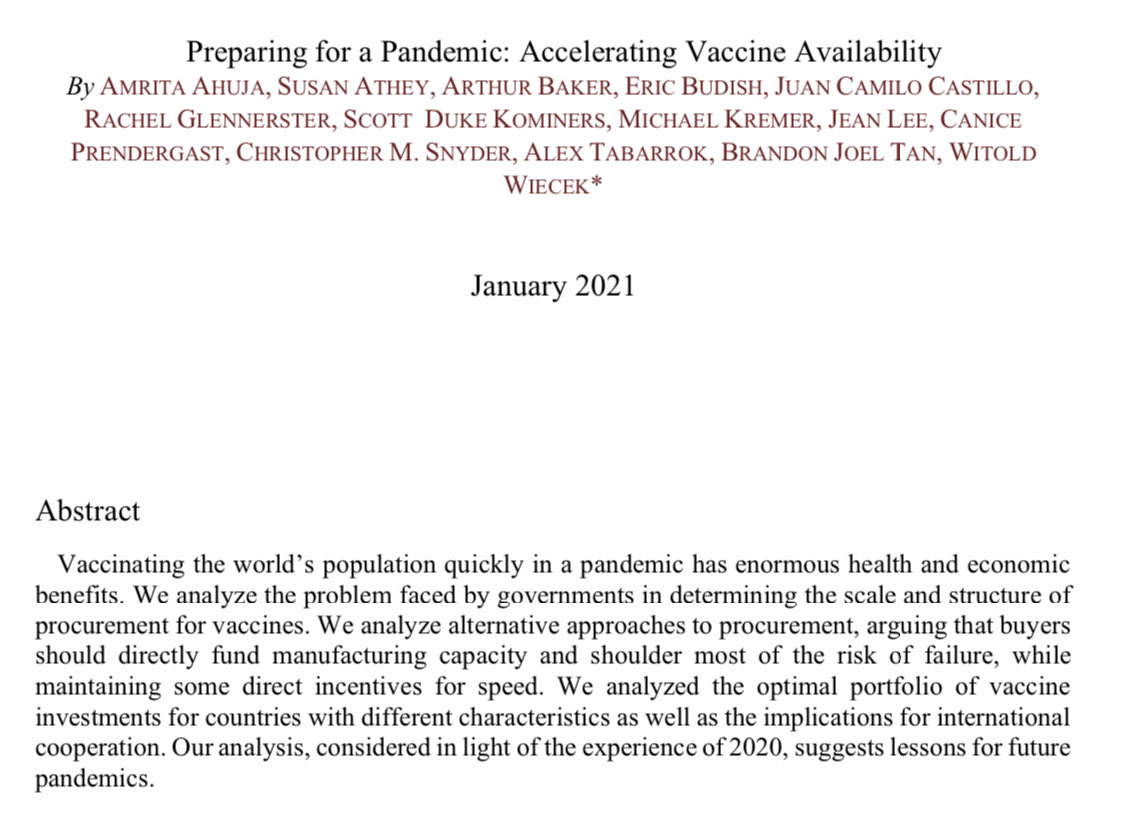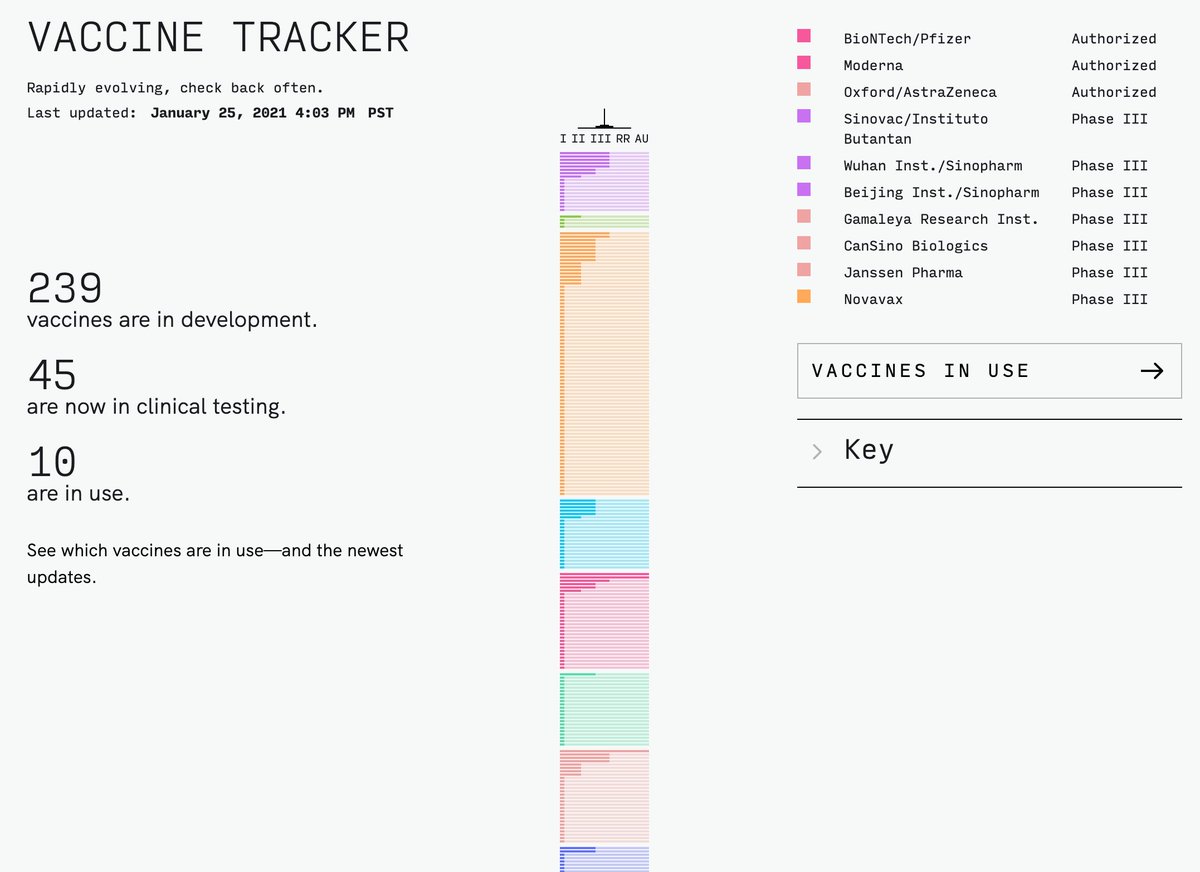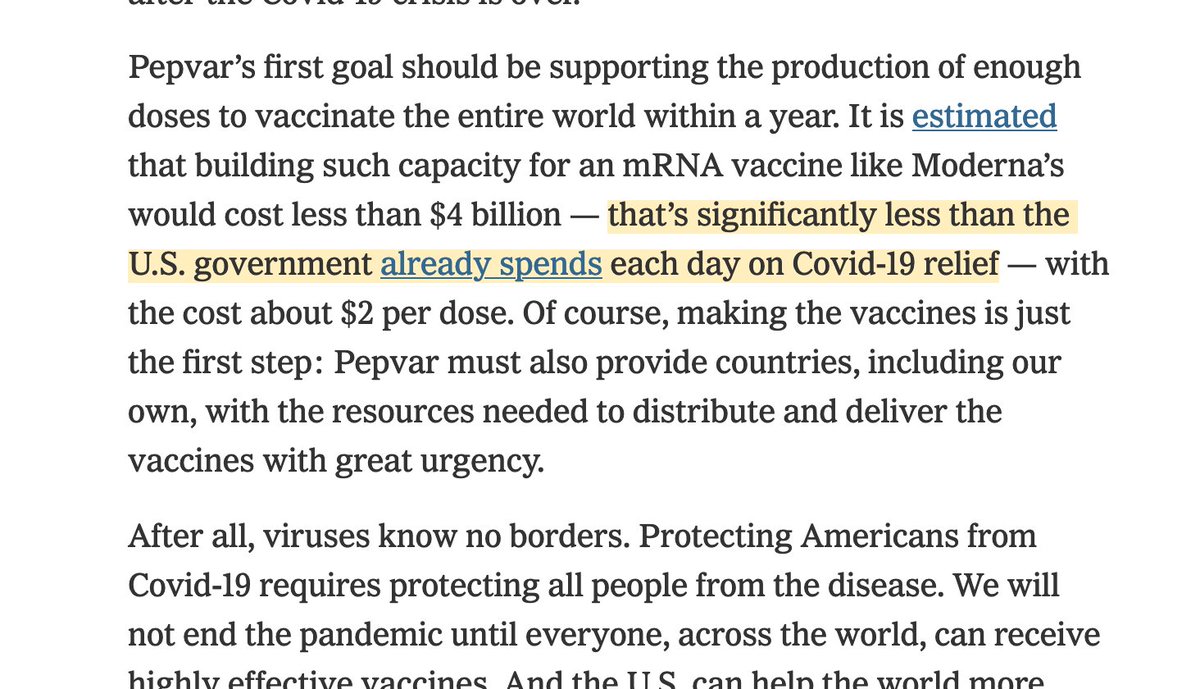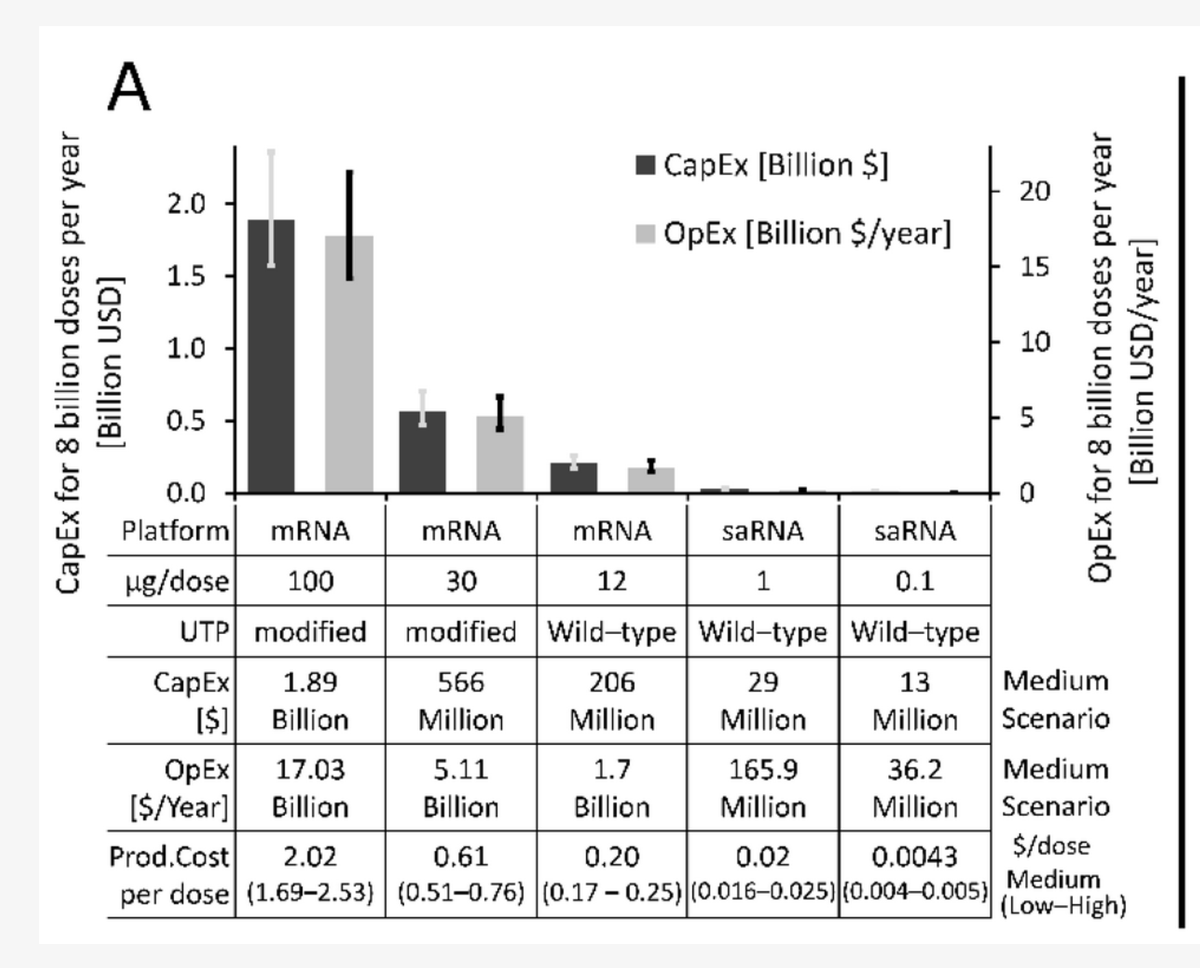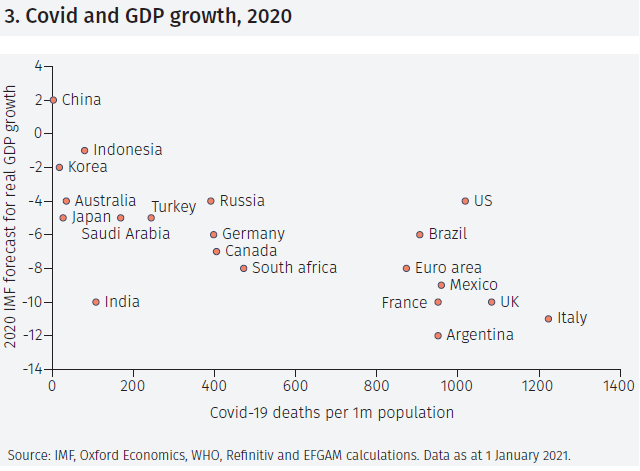
Don’t know if this question is very odd, or if someone might perhaps have the same problem.
I like to write in Google Docs and I like to write in many, many documents at the same time.
Is there some tool, extension, etc that allows me to find and access many active Google Docs?
I like to write in Google Docs and I like to write in many, many documents at the same time.
Is there some tool, extension, etc that allows me to find and access many active Google Docs?
In the last months I “organized” that by relying on different tabs.
All the Google Docs in which I’m writing or in which I’m editing work of others would be in tabs – and via Tab Suspender they would be suspended, so as soon as I clicked on the relevant tab they became active.
All the Google Docs in which I’m writing or in which I’m editing work of others would be in tabs – and via Tab Suspender they would be suspended, so as soon as I clicked on the relevant tab they became active.
A nice solution would be if there was for example an extension that would allow me to put together a kind of home page – perhaps a simple grid with all the links to the relevant Google Docs – and as soon as I click on one of them it’d open quickly.
At docs.google.com/document there is this grid view – but it can’t be organized as far as I know.
It’s ordered by name or date.
It’d be nice to have this, but with the possibility to ‘curate’ my own list. A list of the 20 Google Docs that I need this week for example.
It’s ordered by name or date.
It’d be nice to have this, but with the possibility to ‘curate’ my own list. A list of the 20 Google Docs that I need this week for example.

• • •
Missing some Tweet in this thread? You can try to
force a refresh

